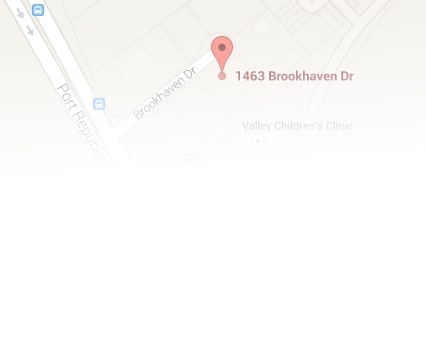When you are seeking to recover damages following an injury, any defense against your case can seem unfair to you. However, understanding defenses against your negligence action is crucial in understanding your negligence claim. In this post, we will examine one defense that can be brought against your claim: contributory negligence.
In Virginia, we are bound by the doctrine of contributory negligence, meaning anyone who was directly responsible for an injury is barred from recovering damages. Knowing what this means for your situation can help you determine if and when to seek legal representation in your case, and aid you in recovering compensations for your injury.
When does contributory negligence apply?
In order for a plaintiff’s negligence to be a justifiable defense against a claim, there must be specific causation linking the negligent act to the injury that ensued. This linked causation is critical to the application of the contributory negligence defense.
In order to understanding the application of this defense, we will revisit the example given in the overview and dissect the scenario further. In our example, the plaintiff assumed no risk with his actions, but failed to act with a reasonable degree of care. Our plaintiff crossed a busy street without looking both ways and was struck and injured by a passing vehicle. In this case, the plaintiff’s negligent act of failing to look both ways before crossing a busy street directly contributed to the injury. The injury might have been avoided had the plaintiff looked both ways and made himself aware of the oncoming traffic. In Virginia, failing to avoid any “open and obvious” condition that could cause harm results in the application of contributory negligence.
Our situation becomes different, however, if we change a few factors. What would happen if the pedestrian (our plaintiff) crossed the street when he was given the walk sign by a traffic light? Car-pedestrian accidents occur frequently when drivers are legally turning “right on red” and fail to see a pedestrian with the right of way. Suppose this had happened to our plaintiff; there would be no defensible contributory negligence.
For a legal consultation with a personal injury lawyer, call (434) 817-3100
How is contributory negligence determined?
Contributory negligence is not presumed, but rather must be proven. Similarly to the presumption of innocence on the part of the defendant, there is an assumption given to the plaintiff that presumes he or she acted with care. The defendant in a personal injury case must prove that the plaintiff’s actions directly contributed to the injury if he or she is using contributory negligence as a defense.
However, when there is said to be “clear evidence” that the plaintiff did not use due care, this presumption of ordinary care does not apply. This would be the case in our traffic accident example; the plaintiff failing to look both ways before crossing was clear evidence that he did not use due care to prevent his injuries. The contributory negligence defense would thus be applicable, and our plaintiff would be precluded from recovering any damages.
Recover the damages you deserve
The caring and experienced legal team at MartinWren, P.C. Attorneys at Law understands what you are facing with your negligence claim. Our attorneys assist residents in the Central Virginia area who are injured, and we will provide you with a free consultation following an injury.
The Virginia Personal Injury Lawyers at MartinWren are available to help you recover what you deserve. For more information or to have a free consultation, call us today.
Call (434) 817-3100 or complete a Case Evaluation form



